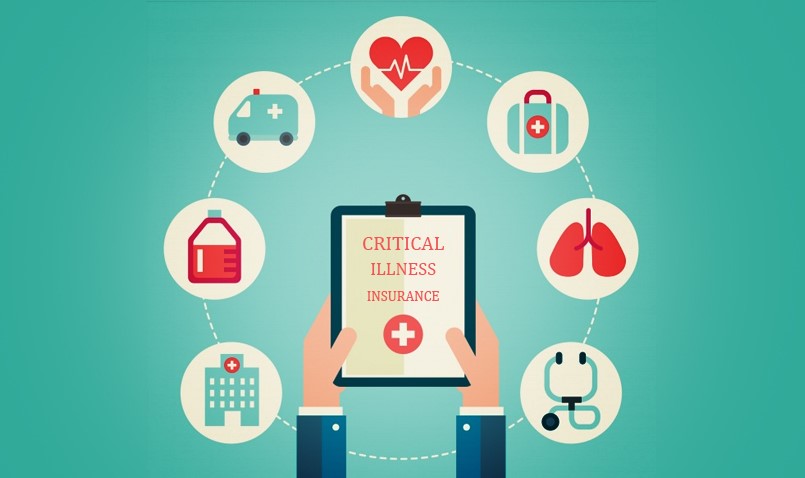Sometimes even the healthiest people are diagnosed with serious illnesses they have little chance of preventing. Critical Illness Insurance can help you and your family to solve the unexpected expenses that a medical situation may entail.
Understanding Critical Illness cover
Critical Illness Cover, also known as trauma cover, pays a lump sum benefit in the event that a policyholder is diagnosed with or suffers a defined serious illness. The most common claims are for cancer, stroke and heart problems such as heart attack and coronary artery disease.
The lump sum depends on the level of cover purchased. The funds may be used to cover not only medical bills and prescription drugs, but also living expenses while you are under medical treatment.
There are more than medical bills
Although your private health insurance or public hospital system may cover most of the medical costs, there are more expenses than medical bills and the strain they can put on your budget and your family can be enormous, particularly if the treatment is a long-term process.
Critical Illness cover may also help you in these situations:
- To substitute your income while you are off work. If you are not an employee, you may not have immediate access to income protection insurance.
- Even if you do have income protection insurance, this will only cover a portion of your income and there is a waiting period of several weeks before you can receive benefits. Trauma insurance may pay a lump sum at the time of diagnosis or injury.
- Trauma insurance may also provide money for your partner to afford to care for you while you are both off work.
- Relocation costs. If you need to travel for a treatment, trauma insurance is useful to cover accommodation and travel expenses for you and your family.
- There may be specific treatments which are available only overseas and are not covered by Medicare or your health insurance policy. Trauma insurance may help to cover these expenses.
Things to consider
It is also important that you review the details of your policy. For example:
- What is not covered. Situations where a Critical Illness benefit won’t be paid, such as pre-existing condition, attempted suicide or self-inflicted injury and/or participation in an illegal activity.
- The no claim period. This means that you may not access benefits for a certain period after your cover start date. The commencement date is specified on your policy schedule.
Whether the cost of premiums may be worth the coverage you get is a matter for you to decide based on your personal financial situation. If you consider that your loved ones might struggle to pay the mortgage, or meet the cost of running a household if you were taken ill, then perhaps you should consider critical illness insurance.
Sources:
[1] Canstar (2016), Is trauma insurance worth it, https://www.canstar.com.au/life-insurance/trauma-insurance-the-lottery-ticket-that-you-dont-want-to-win/
[2] Commonwealth Bank of Australia (n.d.), What is Critical Illness Cover?, https://www.commbank.com.au/personal/insurance/life-insurance/simple-life/what-is-critical-illness-cover.html
[3] Smart Asset (2017), What Is Critical Illness Insurance?, https://smartasset.com/life-insurance/what-is-critical-illness-insurance





